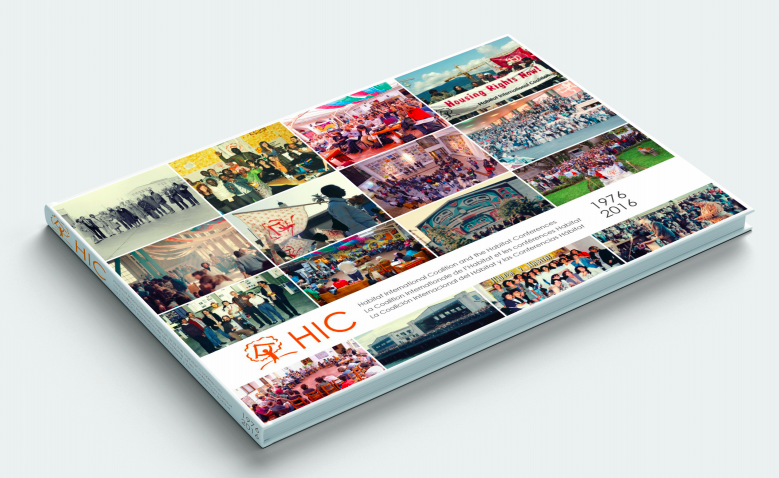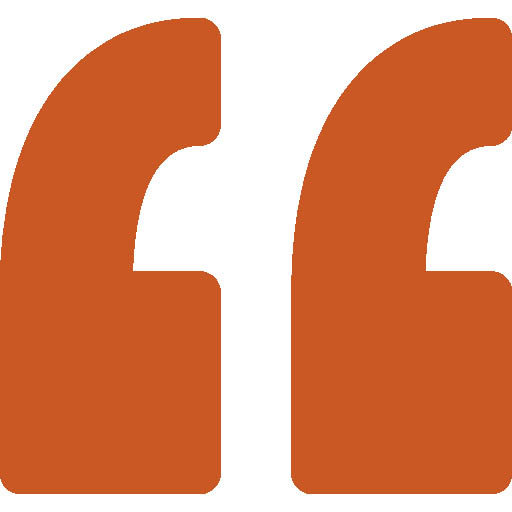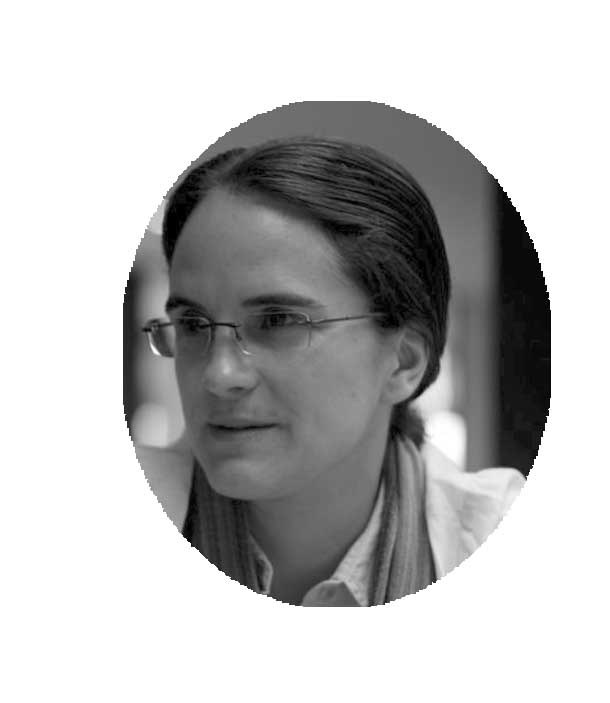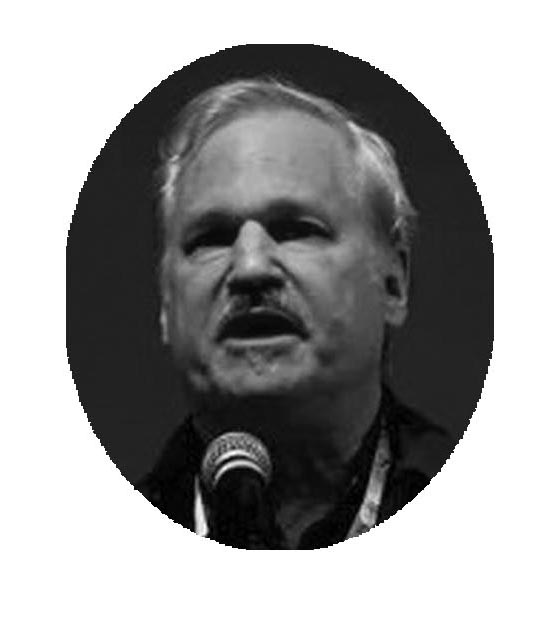
On the day designated by the United Nations as World Habitat Day, HIC joins the reflection on the state of our human settlements and on the human rights related to habitat. The World Habitat Day aims “to remind the world that we all have the power and the responsibility to shape the future of our cities and towns” and therefore from HIC we want to share the experience lived by our Coalition from its birth to its 40th anniversary, celebrated during Habitat III.
 |
 HIC, along with other social movements, civil-society organizations, and community groups around the worldreaffirms its commitment to continue to struggle for, and advocate the right to the city within a human rights habitat, enabling realization of “buen-vivir” (sumak kawsay) for all, irrespective of, and beyond the Habitat process and government authorization. We still seek real, community-based and people-centered solutions to the multiple crises facing human habitat, prioritizing local innovation so that the costs and correctives are notdeferred to today’s youth and future generations. HIC, along with other social movements, civil-society organizations, and community groups around the worldreaffirms its commitment to continue to struggle for, and advocate the right to the city within a human rights habitat, enabling realization of “buen-vivir” (sumak kawsay) for all, irrespective of, and beyond the Habitat process and government authorization. We still seek real, community-based and people-centered solutions to the multiple crises facing human habitat, prioritizing local innovation so that the costs and correctives are notdeferred to today’s youth and future generations.
HIC General Assembly about Habitat III
|
 |
 The right to the city is not a novelty. For almost half a century it has functioned as a powerful flag of urban struggles (…). However, despite these advances, the debates on right to the city are yet to become part of the regular baggage of official and diplomatic representatives who meet at the UN to deal with matters of global interest. This was revealed during the negotiations for drafting the New Urban Agenda during the 2016 UN Summit on Human Settlements. Here, as this chapter narrates, the right to the city became one of the most contested topics for discussion and consensus building. (…) The challenges for its implementation are clear. Deep changes will be needed to confront the mantra of “inevitable urbanization”, and the imposition of paradigms that want to convince us of the supposed collective benefits of the “competitive city” and “smart city” while accumulating more and more wealth in few hands and destroy our communities and the planet at an accelerated pace.” The right to the city is not a novelty. For almost half a century it has functioned as a powerful flag of urban struggles (…). However, despite these advances, the debates on right to the city are yet to become part of the regular baggage of official and diplomatic representatives who meet at the UN to deal with matters of global interest. This was revealed during the negotiations for drafting the New Urban Agenda during the 2016 UN Summit on Human Settlements. Here, as this chapter narrates, the right to the city became one of the most contested topics for discussion and consensus building. (…) The challenges for its implementation are clear. Deep changes will be needed to confront the mantra of “inevitable urbanization”, and the imposition of paradigms that want to convince us of the supposed collective benefits of the “competitive city” and “smart city” while accumulating more and more wealth in few hands and destroy our communities and the planet at an accelerated pace.”
Lorena Zárate about Habitat III |
 |
María Silvia Emanuelli about Habitat III
|
 |
 |
Joseph Schechla, about Habitat II |
 |
|
 |
 |
Han van Putten on Habitat I
|
|
 |
 If (…) the Conference were to consider settlements without this fundamental dimension of human need, if it were to investigate their possible lack of aesthetics or functional convenience or cultural opportunities while ignoring the mass of misery festering at their base, one would have to say, adopting the contemptuous judgment of Tom Paine, that it ‘pities the plumage and forgets the dying bird’.” If (…) the Conference were to consider settlements without this fundamental dimension of human need, if it were to investigate their possible lack of aesthetics or functional convenience or cultural opportunities while ignoring the mass of misery festering at their base, one would have to say, adopting the contemptuous judgment of Tom Paine, that it ‘pities the plumage and forgets the dying bird’.”
Barbara Ward on Habitat I |
|
 |
 The effort to place Habitat I recommendations into practice faced the difficulties of growing poverty, changes of government, bureaucratization and technocracy, created interests, and the magnitude of the challenges at hand. Butit also originated multiple social initiatives, perhaps modest in their scopes and numbers, but sufficient to place into march the construction of a more creative and permanent process.” The effort to place Habitat I recommendations into practice faced the difficulties of growing poverty, changes of government, bureaucratization and technocracy, created interests, and the magnitude of the challenges at hand. Butit also originated multiple social initiatives, perhaps modest in their scopes and numbers, but sufficient to place into march the construction of a more creative and permanent process.”Enrique Ortiz on Habitat I
|

This publication is a joint work that aims to serve as an inspiration for the coming years, to motivate the continuation of the fight for a habitat underpinned by human rights at local, national and international levels. In addition, it is a reflection and critique of the conference process and the role of HIC since 1976.
Through a collection of declarations, analyses, news articles, discourses, experiences and images the publication reflects the different voices within the Coalition, from social movements and organizations to academia, researchers and experts.
The final part of the publication seeks to honour people who will always be part of the HIC family, as a token of our appreciation and gratitude for their valuable work and true life example.
Finally, a list is included with all the Members, Allies and Donors without whom the Coalition’s fight for social transformation towards a fairer, more inclusive, democratic and sustainable world would not be possible. With this publication from HIC we also want to thank all of them for their conviction, will and tireless struggle for the right to habitat.
-
Click here to download the publication: “Habitat International Coalition and the Habitat Conferences 1976 – 2016“, available in high resolution and low resolution
- Check out HIC Members activities on the occasion of the World Habitat Day